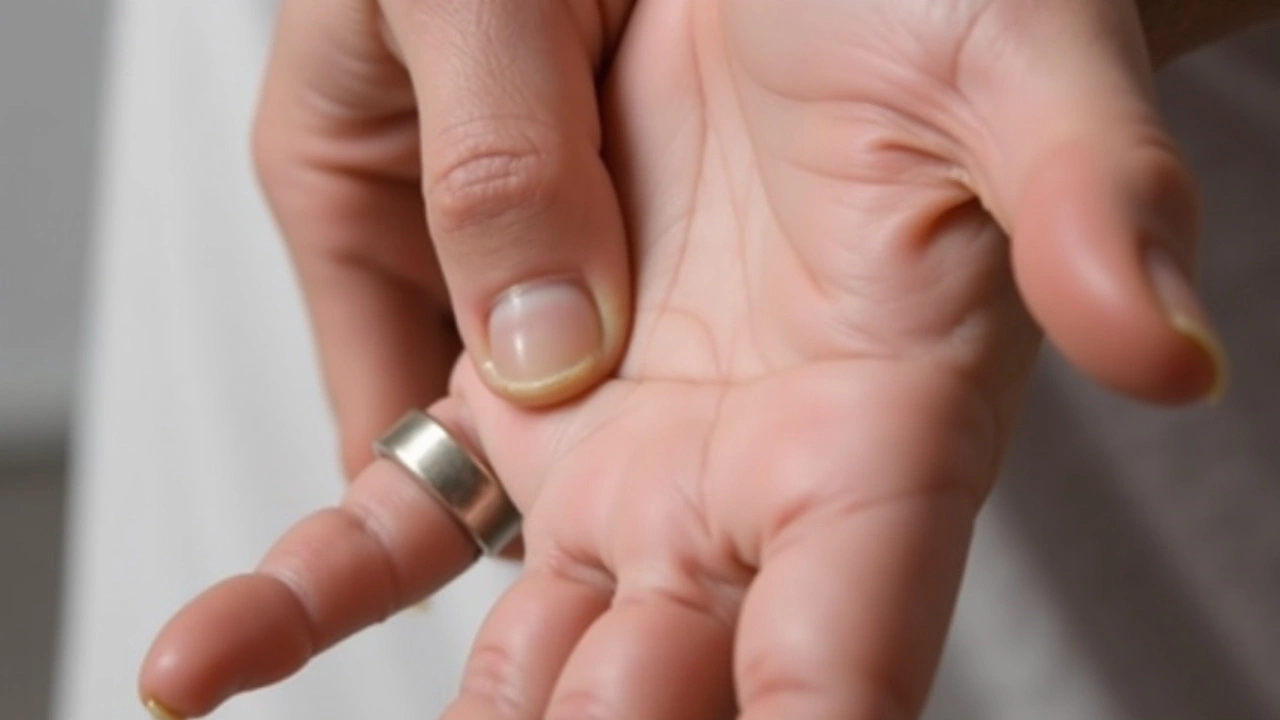International Left-Handers Day Highlights Challenges and Advocates for Inclusivity

International Left-Handers Day Highlights Challenges and Advocates for Inclusivity
Every year, on August 13, International Left-Handers Day is celebrated worldwide. This day is dedicated to raising awareness about the unique challenges and issues faced by left-handed individuals in a world that predominantly caters to right-handers. For the 10% of the global population that is left-handed, simple daily activities can present significant hurdles—hurdles that many right-handed people may never even consider.
The Struggles with Common Tools
One of the more pervasive issues is the difficulty left-handed people face while using tools and products designed for right-handers. Take, for instance, a common pair of scissors. Right-handed scissors force lefties to either adapt awkwardly or experience discomfort while cutting. Computer mice and keyboards present similar challenges. Most mice are ergonomically designed for the right hand, and standard keyboards have the numeric keypad on the right side, which is hardly convenient for left-handers. Even everyday items like can openers, spiral notebooks, and measuring cups are made with right-handers in mind.
The Social Stigma and Cultural Biases
Beyond these everyday inconveniences, left-handed individuals also contend with a social stigma that has deep historical roots. Historically, left-handedness was associated with negative attributes and superstitions. In many cultures, the left hand was considered 'unclean' or unlucky. This led to instances of discrimination, and left-handers were often forced to use their right hand. The term 'sinister,' derived from the Latin word for 'left,' is an example of how language itself can echo these biases. Although we have made significant strides in breaking these stereotypes, remnants of these biases still exist today, often subtly manifesting in various social settings.
Historical and Cultural Implications
Looking back at history, one can find numerous examples of how left-handedness was perceived. In schools, left-handed children were often forced to write with their right hands. This practice not only caused significant frustration for the children but also impacted their academic performance negatively. For athletes, particularly in sports requiring specialized equipment like golf or hockey, left-handed players often face a shortage of appropriate equipment.
Creating Inclusive Environments
In recent years, there has been more significant advocacy for inclusivity and accommodation. Companies are increasingly producing ambidextrous or left-handed versions of everyday items, from scissors to computer mice. Schools and workplaces are becoming more aware of the need to provide tools and setups that accommodate left-handed individuals. However, there is still a long way to go in making our environments fully inclusive.
Personal Experiences
Many left-handed individuals have shared their personal experiences and struggles, which highlight the need for greater awareness and adjustments. For instance, left-handed musicians must often adapt to instruments designed for right-handers, affecting their technique and comfort. Left-handed chefs find it difficult to use right-handed knives and kitchen gadgets. These experiences underline the importance of designing products that cater to both left-handed and right-handed users.
Advocating for Greater Awareness
International Left-Handers Day serves as a platform to advocate for better understanding and inclusivity for left-handed individuals. It is a call to action for designers, manufacturers, educators, and employers to recognize and accommodate the unique needs of left-handers. By raising awareness and promoting inclusivity, we can enhance the quality of life for left-handed individuals and foster a more equitable society.
As we celebrate International Left-Handers Day, let us remember the importance of creating a world where left-handed individuals feel seen, understood, and accommodated. Greater awareness, acceptance, and inclusivity are not just beneficial for left-handers but for society as a whole.

Michael Klamm
August 13, 2024 AT 23:26Shirley Kaufman
August 14, 2024 AT 13:05William H
August 14, 2024 AT 18:08Katelyn Tamilio
August 15, 2024 AT 02:23christian lassen
August 15, 2024 AT 03:44Jack Fiore
August 15, 2024 AT 04:16Antony Delagarza
August 16, 2024 AT 03:43Murray Hill
August 16, 2024 AT 16:04Bruce Wallwin
August 16, 2024 AT 18:23Letetia Mullenix
August 17, 2024 AT 05:15Morgan Skinner
August 17, 2024 AT 19:06